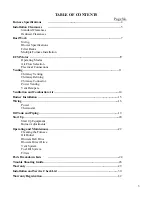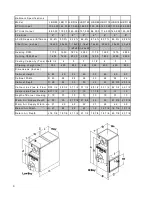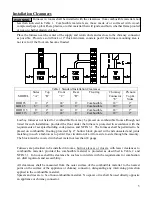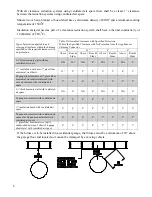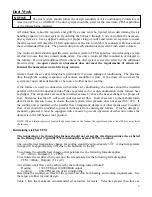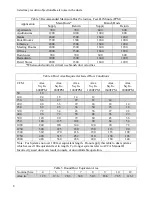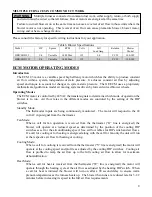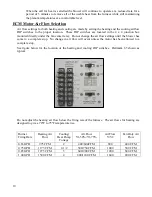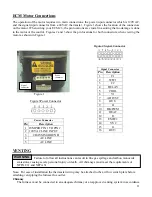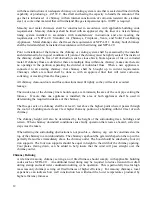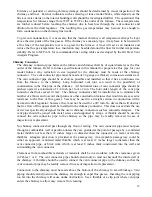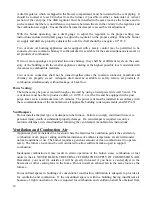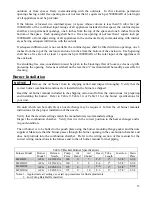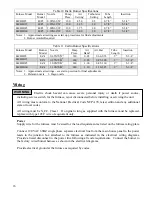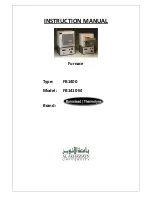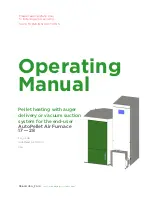
12
with these instructions. An adequate chimney or venting system is one that is sealed and lined with the
capability of producing a -.04" W.C. flue draft and having the capacity to handle the amount of flue
gas that is introduced. A chimney with an internal construction of corrosion resistant tile, stainless
steel, or some other material that will withstand flue gas temperatures up to 1000
0
F is required.
Masonry and metal chimneys shall be constructed in accordance with applicable building code
requirements. Masonry chimneys shall be lined with an approved clay tile liner or a listed chimney
lining system installed in accordance with manufacturers’ instructions and also meeting the
requirements of NFPA-211 Standard for Chimneys, Fireplaces, Vents, and Solid Fuel-Burning
Appliances. Metal chimneys also shall meet the requirements of NFPA-211. Factory built chimneys
shall be listed and shall be installed in accordance with their listing and NFPA-211.
Prior to installation of the furnace, the chimney or venting system shall be examined by the installer
and determined to be in good condition. All joints of the chimney must be tightly sealed. The inside of
the chimney should be free of all obstruction, such as loose brick, broken pieces of tile, or corroded
metal. If chimney flues are divided or there are multiple flues within one chimney, make sure there are
no openings in the partition separating the divided or individual flues. When a new appliance is
connected to an existing chimney, that chimney shall be brought up to current requirements.
Chimneys which are relined shall be done so with an approved liner that will resist corrosion,
softening, or cracking from the flue gasses.
All chimney clean-out doors and flue connections must fit tightly so they will seal to avoid air
leakage.
The inside area of the chimney liner
should equal, at a minimum, the area of the vent pipe exiting the
furnace. If more than one appliance is installed, the area of both appliances shall be used in
determining the required inside area of the chimney.
The flue gas exit of a chimney shall be at least 3 feet above the highest point where it passes through
the roof of a building and at least 2 feet higher than any portion of a building within 10 feet of such
chimney.
The chimney height will also be determined by the height of the surrounding trees, buildings and
terrain. When chimney downdraft conditions cause faulty operation that creates a hazard, corrective
steps must be taken.
When altering the surrounding obstructions is not possible, a chimney cap can be constructed on the
top of the chimney to avoid downdrafts. The chimney cap should be pyramid shaped on the top with a
perfectly flat surface immediately above the chimney outlet. The hood should be attached by four (4)
iron supports. The four iron supports should be equal in height to the width of the chimney opening.
Four plates, flaring down, can be added to help insure that the wind will pass straight over the
chimney outlet.
Chimney Relining
A tile lined masonry chimney serving an oil fired furnace should comply with applicable building
codes such as NFPA-211. An additional listed lining may be required to reduce transient low draft
during startup and acid water condensation during cyclic operation. This is particularly true for high
mass masonry chimneys serving oil fired furnaces of higher efficiency. For masonry chimneys, local
experience can indicate how well construction has withstood the lower temperatures produced by
higher efficiency furnaces.
Summary of Contents for HBD1 15
Page 17: ...17 17...
Page 31: ...31...



